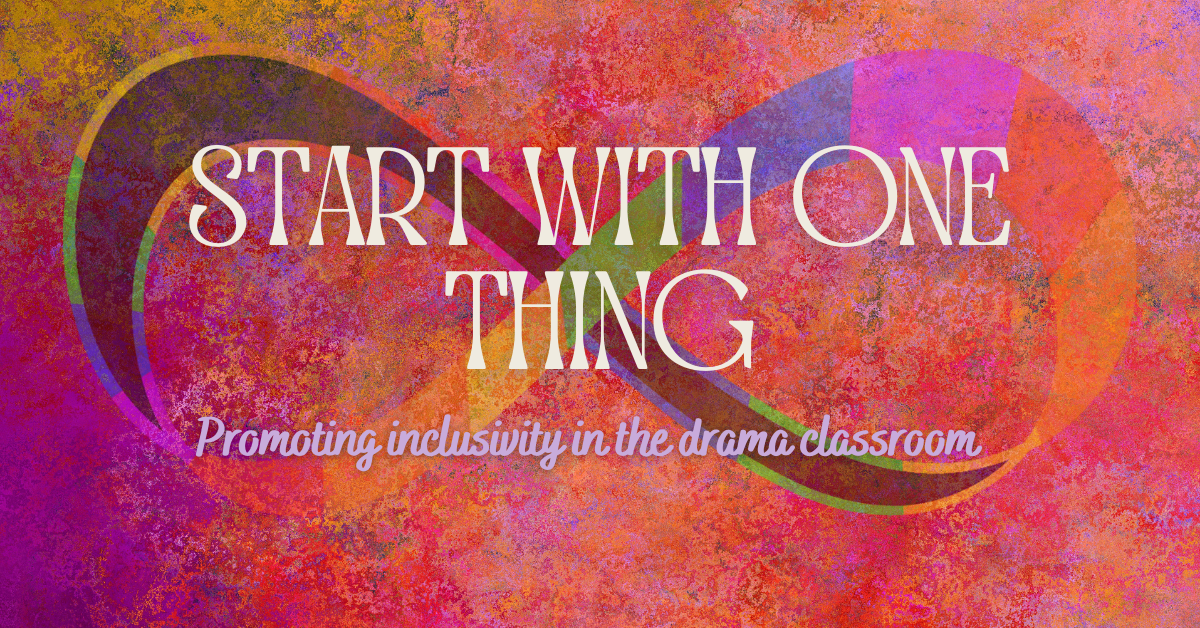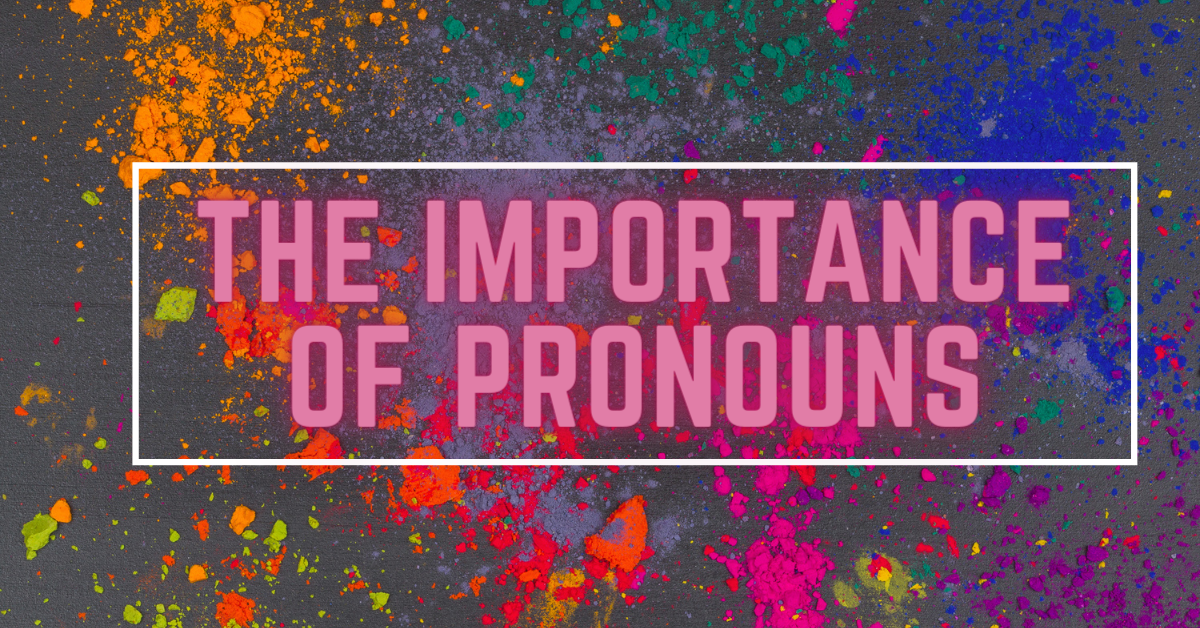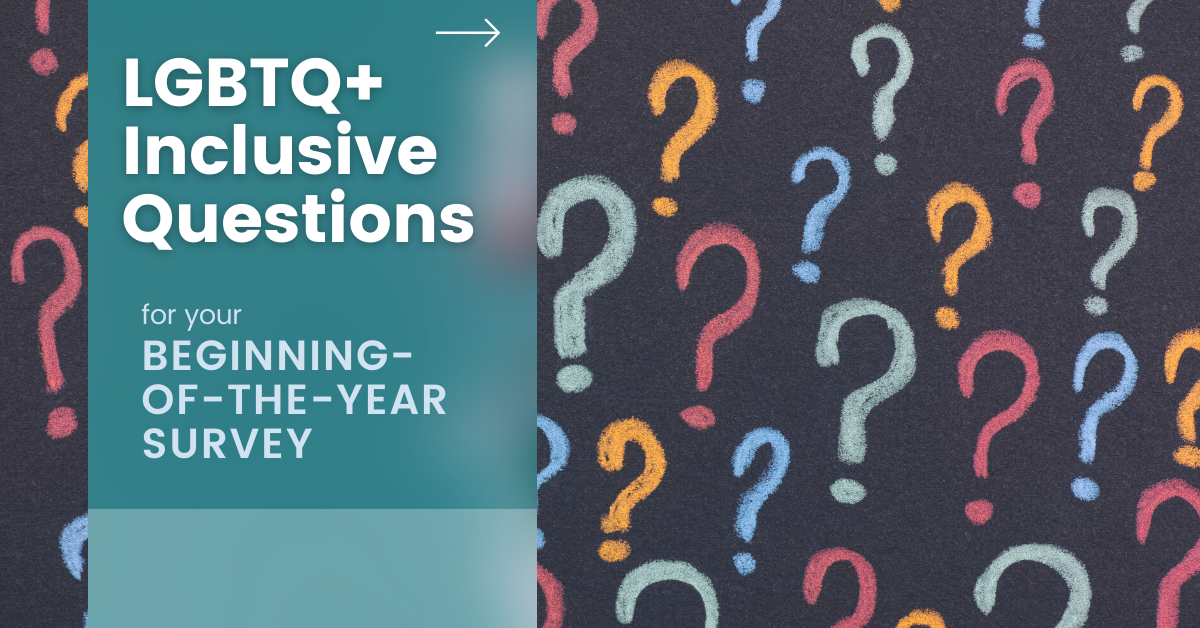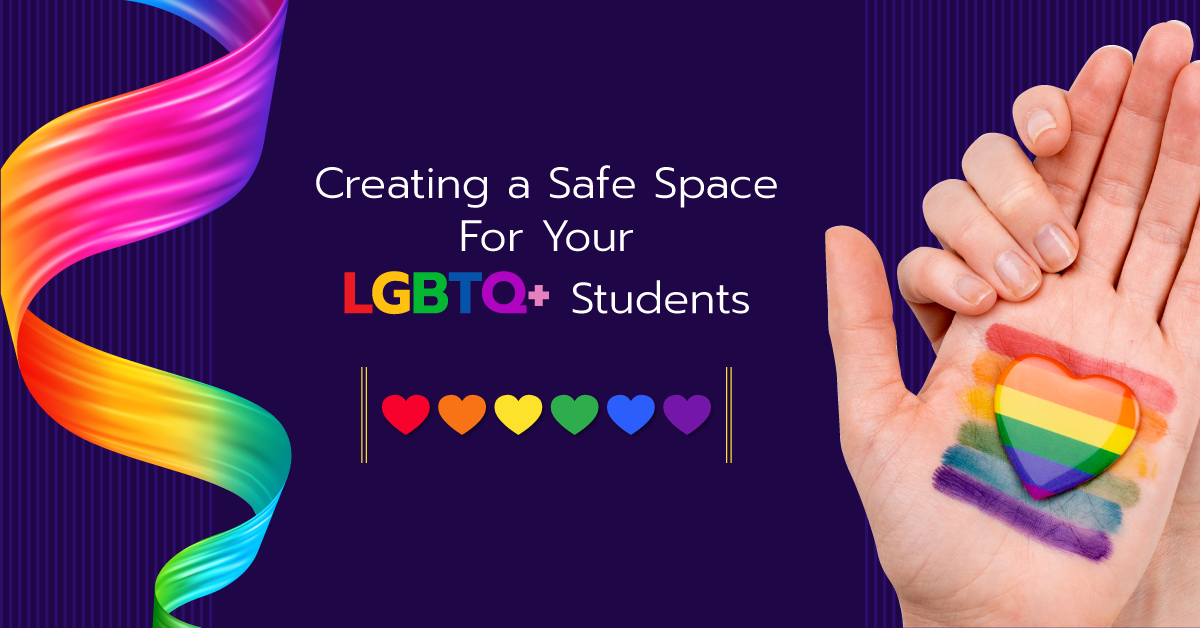Start With One Thing
There is a lot of talk about what teachers should be doing to create inclusive classrooms for LGBTQ+ students. But the amount of information and resources available can be overwhelming. Where do you start? What’s the right thing to do? Teachers are not therapists and shouldn’t take on that role. In some areas, teachers may be prohibited from being inclusive.
This can put teachers in a difficult position.
Every teacher wants the best for their students. So what can they do, regardless of their situation, to create an inclusive environment? These are the Theatrefolk 2021–2022 Equity, Diversity & Inclusion Advisory Panel’s suggestions:
* Know your students’ names and greet them by name every day. Don’t underestimate the connection that alone can make.
* As much as possible, use gender neutral terms.
* There are many “out” theatre artists. Bring some visibility to those identities by hanging posters that feature those artists.
* One panel member told us, “I don’t get called on the carpet for things that my students create. It’s not me doing it, it’s the students.” What can your students create and bring into the classroom that promotes inclusivity?
* Start networking. You might feel like you’re the only one in this situation, but you’re not. Take comfort in knowing that you’re not alone.
* Prioritize time for connection and community in your classroom. Establish yourself as someone who students can come to for anything.
* Refer to everyone the way they wish to be referred to.
* Don’t group students by gender for activities. If you need to categorize students, do it in any other way. For example, use a deck of cards and group by suit or number, or have students line up by height, birthday, or alphabetical order and then pair them up.
Disclaimer: Consult your administration and district policy about anything discussed in this article with regard to LGBTQ+ (LGBTQIA, LGBTQ2S), as laws and policies vary.



